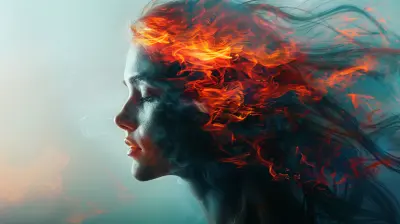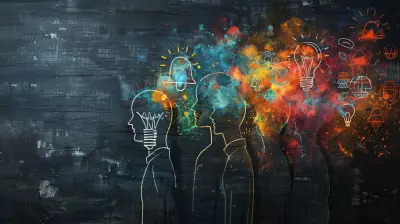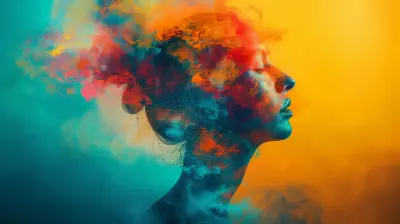Fear of Clowns: Why Coulrophobia Is More Than a Childhood Fear
6 October 2025
Clowns are meant to entertain. With their oversized shoes, painted faces, and exaggerated expressions, they’re supposed to bring laughter and joy—especially to kids. But for many people, clowns are anything but funny. Instead, they trigger fear, anxiety, and even full-blown panic attacks. This fear of clowns, known as coulrophobia, is surprisingly common and isn’t just something kids outgrow. So, why do so many people find clowns terrifying? And is this fear more than just a childhood phase? 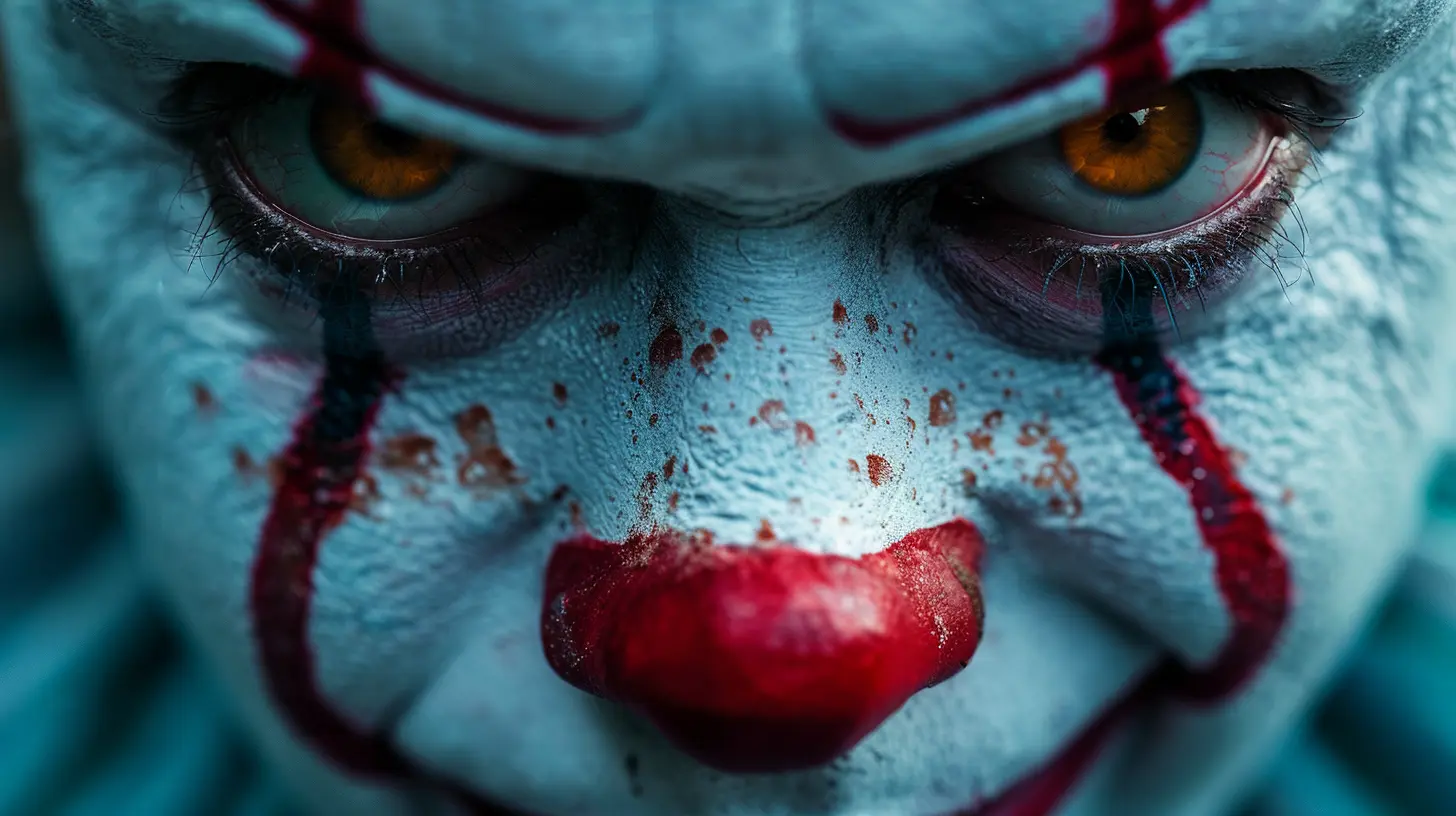
What is Coulrophobia?
Coulrophobia is an intense fear of clowns that can cause overwhelming distress. While it’s not officially recognized as a specific phobia in the DSM-5 (the diagnostic manual for mental health disorders), many people experience strong, irrational fear when they encounter clowns—whether in person, in movies, or even just in pictures.For some, the fear is mild—maybe just an uneasy feeling when they see a clown at a birthday party. But for others, even the thought of clowns can trigger severe anxiety, leading to sweating, rapid heartbeat, nausea, or even panic attacks. 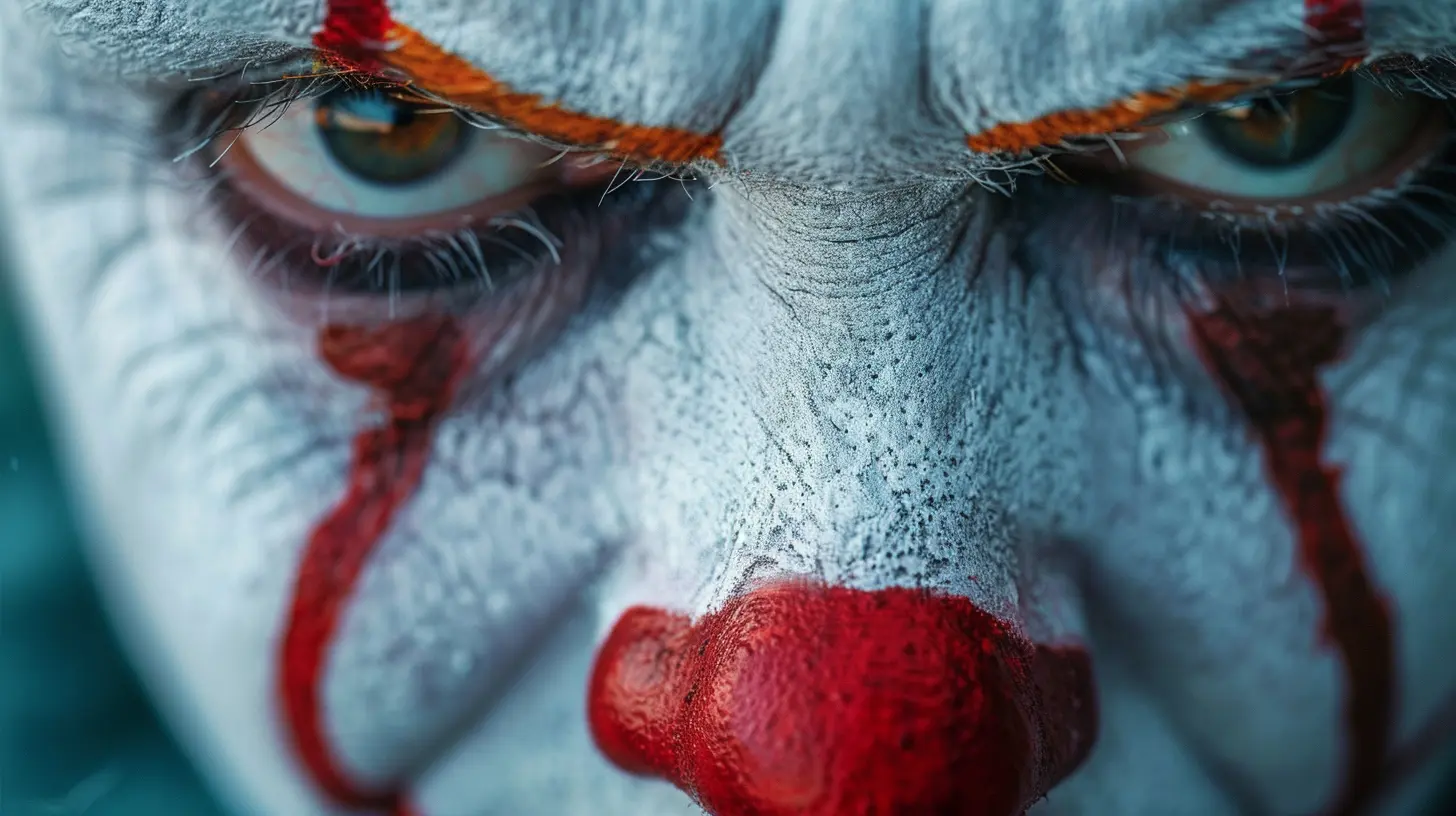
Why Are Clowns So Scary?
So, what is it about clowns that makes some people’s skin crawl? There’s no single answer, but a few psychological theories help explain why clowns often inspire fear instead of laughter.1. The Uncanny Valley Effect
Clowns fall into what psychologists call the uncanny valley—a phenomenon where something appears almost human but is slightly "off," making it feel unsettling. Their exaggerated features—giant grins, wide eyes, and pale faces—make them look human but not quite right. This mismatch triggers discomfort and fear.Think about animatronic puppets or lifelike robots. They mimic human expressions, but there’s something unnatural about them. Clowns evoke the same eerie feeling, making our brains uneasy.
2. Masked Expressions and Hidden Intentions
Humans rely on facial expressions to read emotions and gauge intentions. But clowns’ faces are heavily painted, often masking their true expressions. A clown’s permanent grin might seem friendly—but is it really? This ambiguity creates uncertainty, leaving us unsure whether we're facing a friend or a foe.Consider horror movie villains like the Joker or Pennywise. Their faces are frozen in smiles, but their actions are anything but friendly. This contrast between appearance and behavior makes clowns particularly unsettling.
3. Negative Cultural Depictions
Speaking of horror movies, Hollywood hasn’t done clowns any favors. From Pennywise in It to Twisty in American Horror Story, creepy clowns dominate pop culture. Over time, clowns have shifted from cheerful entertainers to nightmare fuel.These portrayals reinforce the idea that clowns are sinister, violent, or untrustworthy. When people repeatedly see clowns in terrifying roles, their fear becomes deeply ingrained—even if they’ve never had a negative real-life experience with one.
4. Early Childhood Conditioning
Many fears develop in childhood, and coulrophobia is no exception. Imagine being a small child and seeing a loud, unpredictable clown up close—giant shoes stomping, a blaring horn, an exaggerated laugh. That can be incredibly overwhelming for a young brain still learning to process the world.If a child has a bad experience with a clown—say, at a party or circus—that fear can stick. And because childhood fears often carry into adulthood, what starts as minor discomfort can turn into full-blown coulrophobia over time. 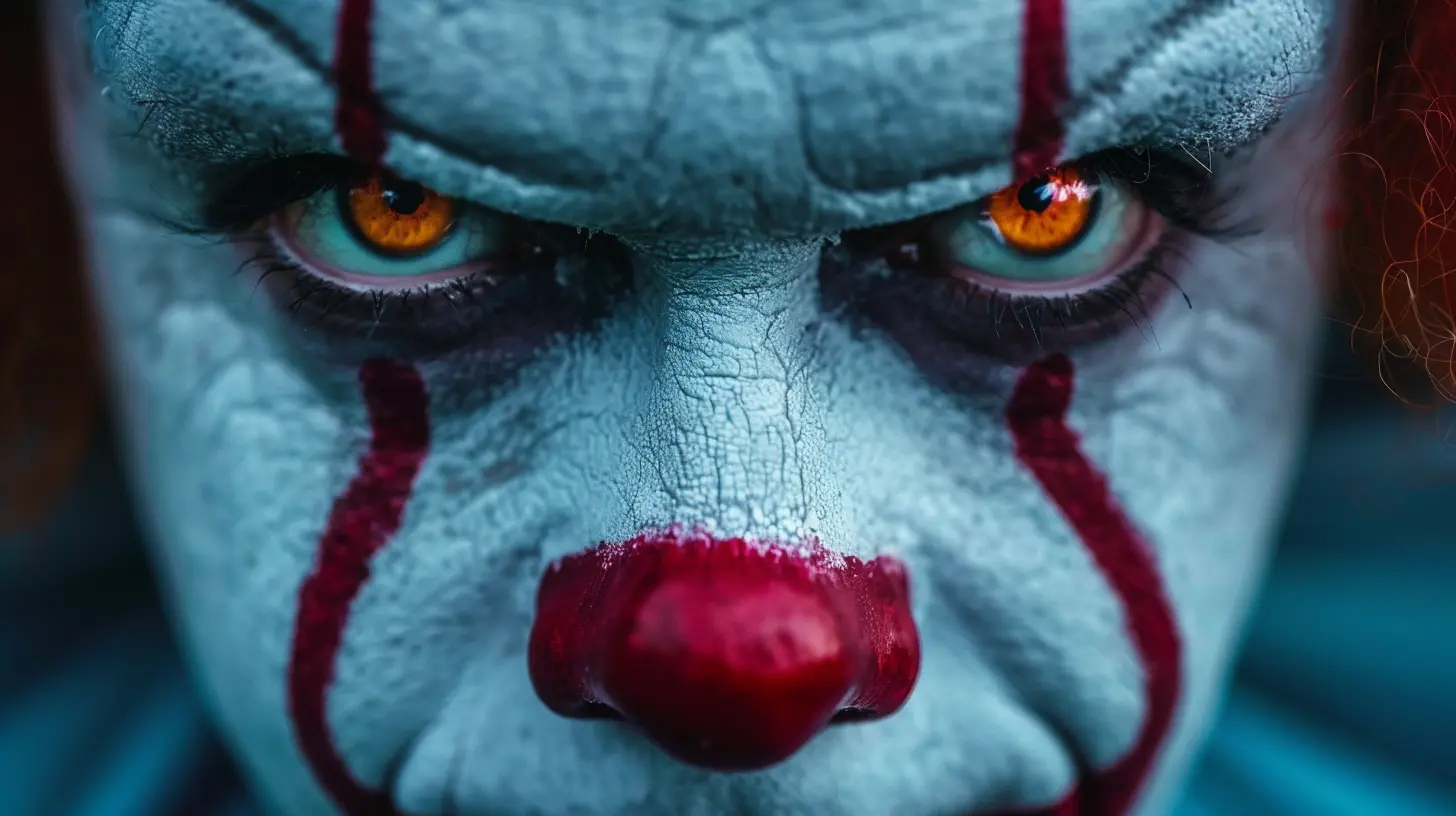
The Psychological Impact of Coulrophobia
For some, coulrophobia is just an irrational fear they can laugh off. But for others, it has real, everyday consequences.Avoidance Behavior
People with severe coulrophobia might go out of their way to avoid clowns—skipping carnivals, avoiding certain movies, or even steering clear of Halloween events where someone might be dressed as one. This avoidance can limit experiences and create unnecessary stress.Panic and Anxiety Attacks
For those with extreme coulrophobia, even seeing a clown unexpectedly—on TV, in an ad, or in person—can trigger a full-blown panic attack. Symptoms might include:- Increased heart rate
- Sweating
- Dizziness
- Shortness of breath
- Feeling like they need to escape
This can make everyday life more challenging, especially around Halloween when clown imagery is everywhere. 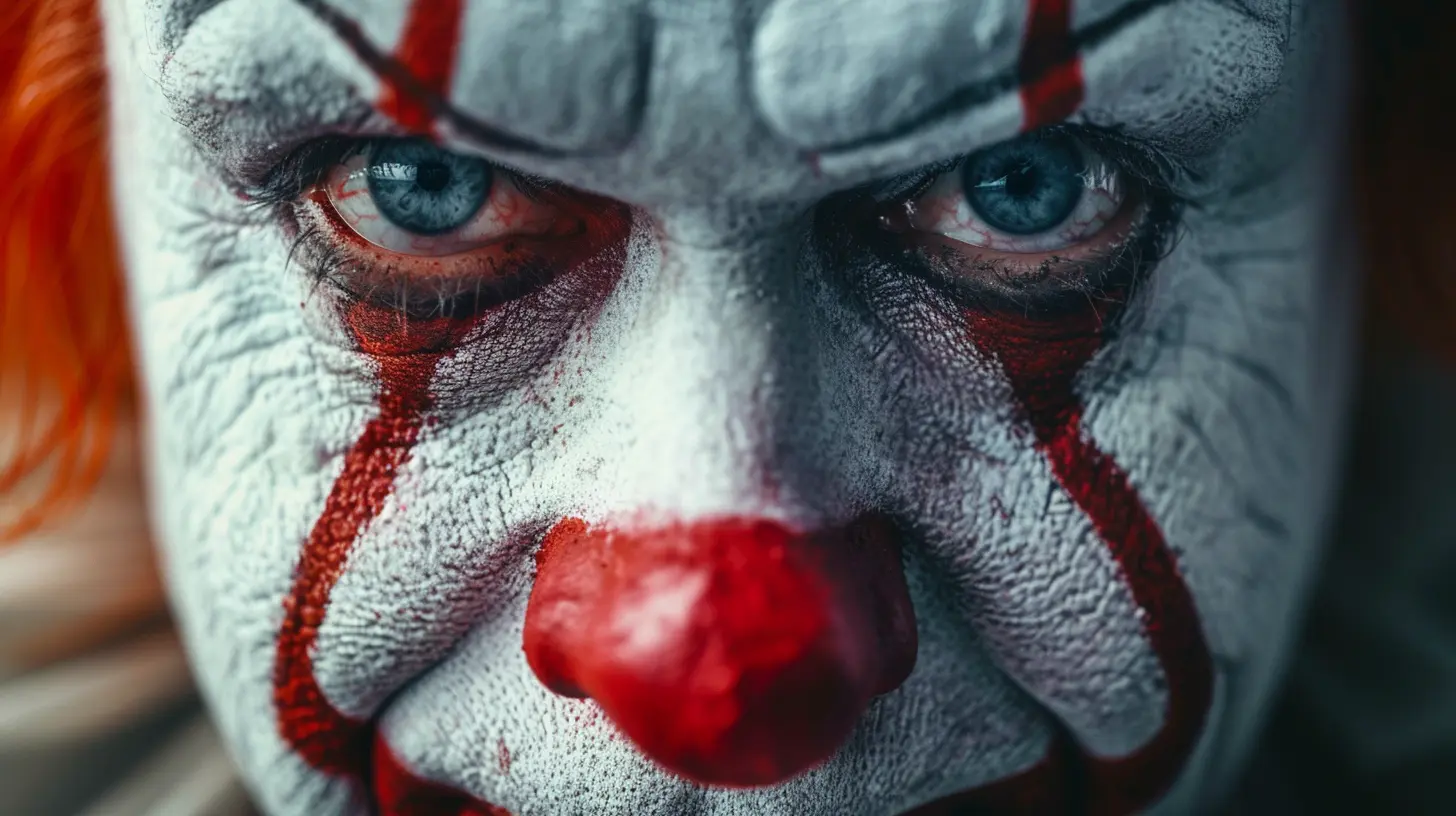
Can Coulrophobia Be Overcome?
If you have a deep fear of clowns, the good news is that phobias can be managed. There are several strategies that can help reduce or even eliminate coulrophobia over time.Exposure Therapy
One of the most effective treatments for phobias is gradual exposure. By slowly and safely exposing yourself to clowns in non-threatening ways, your brain can start to rewire its fear response.For example, you might start by looking at cartoon pictures of clowns, then move on to photos of real clowns, watch non-scary clown performances, and eventually attend an event with clowns in a controlled environment.
Cognitive Behavioral Therapy (CBT)
CBT helps people reframe negative thoughts. A therapist can help you understand why you fear clowns and work on changing your response to them. This can include techniques like:- Identifying irrational thoughts (e.g., “All clowns are dangerous”)
- Challenging these thoughts with logic and facts
- Practicing relaxation techniques to reduce fear responses
Relaxation Techniques
Managing anxiety through deep breathing, meditation, or muscle relaxation can help reduce the physical symptoms of fear. These techniques won’t make the fear disappear overnight, but they can help you stay calm if you unexpectedly encounter a clown.Desensitization Through Humor
Sometimes, humor can be a powerful tool. Watching funny clown performances instead of creepy ones might help shift your perception. Clowns like Charlie Chaplin or circus performers in lighthearted settings can remind people that not all clowns are scary.Are You Really Scared of Clowns? Or What They Represent?
Interestingly, some psychologists suggest that coulrophobia isn’t always about clowns themselves but what they symbolize—deception, unpredictability, and hidden truths. Our fear of clowns might actually reflect a deep-seated distrust of things that appear friendly but could be dangerous.This makes sense when you think about how some real-life criminals, like John Wayne Gacy, used clown personas as a disguise. These cases, while rare, reinforce the idea that people who hide behind masks (metaphorically or literally) can’t be trusted.
Conclusion: More Than Just a Childhood Fear
Coulrophobia may seem like a childhood fear, but for many people, it lingers into adulthood, affecting their daily lives. Whether it stems from the uncanny valley effect, masked expressions, negative cultural depictions, or early childhood trauma, the fear of clowns is real and deeply ingrained.The good news? Like any fear, coulrophobia can be managed and even overcome with the right strategies. And if you’re one of those people who gets chills just thinking about clowns, you’re definitely not alone.
all images in this post were generated using AI tools
Category:
PhobiasAuthor:

Matilda Whitley
Discussion
rate this article
1 comments
Jemima Ramirez
In shadows where laughter mingles with dread, Coulrophobia weaves a tapestry of past threads. A mask of joy hides the heart’s deep woe, An echo of innocence, now cloaked in shadow. Beneath painted smiles, our fears take flight, In the dance of the uncanny, we seek the light.
October 6, 2025 at 3:25 PM

Matilda Whitley
Thank you for your poetic reflection! It beautifully captures the complex emotions surrounding coulrophobia and highlights how childhood fears can evolve into deeper anxieties.
